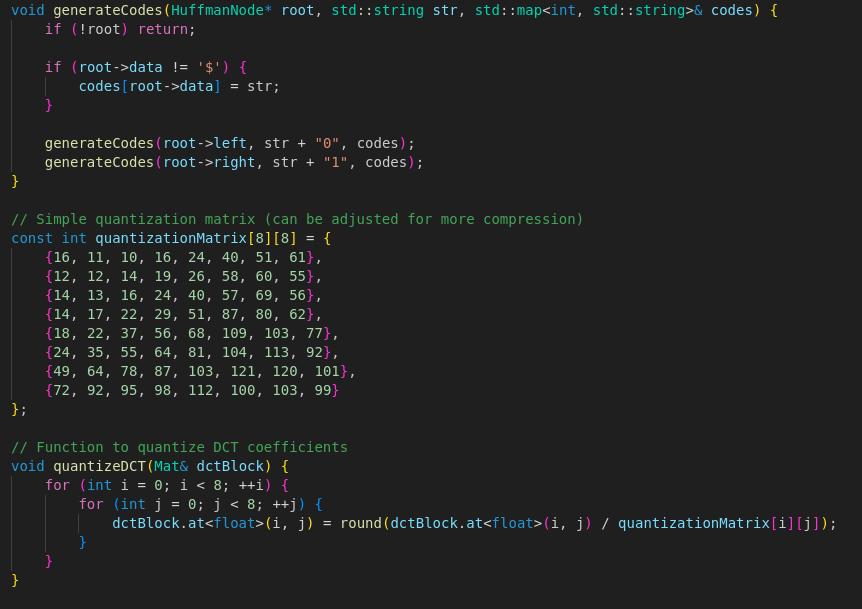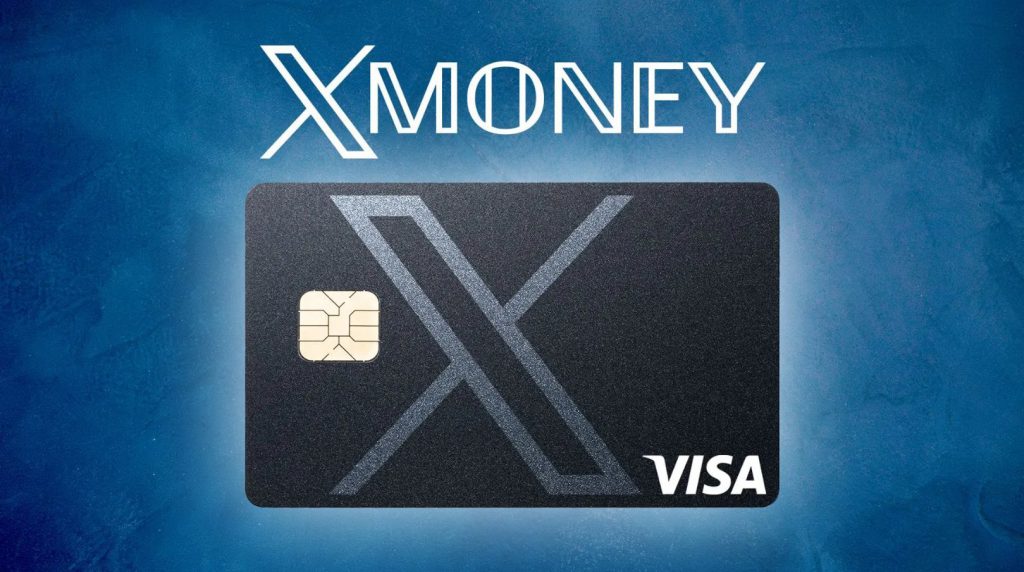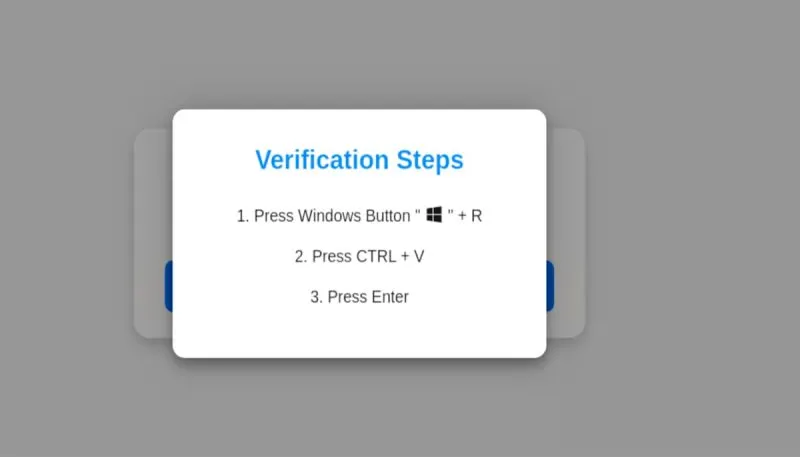The Ai-Powered Helmet That Wants To Be More Than Just A Helmet

— written by Sanju on Jan. 30, 2025, 10:25 a.m.
Motorcycling is an experience that blends freedom, skill, and awareness in a way few other activities can match. However, as technology continues to advance, the riding experience is evolving, too. The latest innovation in motorcycle gear is the AI-powered helmet from Intelligent Cranium Helmets (ICH), which debuted at CES 2025.
This high-tech headgear is loaded with features designed to enhance safety and convenience, but it also raises important questions about the role of technology in motorcycling.
At first glance, the helmet looks like something out of a sci-fi movie. It boasts 360-degree awareness, allowing riders to have a near-complete view of their surroundings. Through a combination of cameras and augmented vision, it minimizes blind spots and provides real-time alerts when vehicles come too close.
A heads-up display (HUD) projects critical information directly onto the visor, ensuring that riders never have to take their eyes off the road. The helmet also supports voice commands, enabling hands-free interaction with built-in cameras and navigation systems.
One of its standout safety features is crash detection, which automatically alerts emergency services if a rider takes a fall and does not respond within 15 seconds. Additionally, the helmet includes a voice-activated action camera, making it easy for riders to record their journeys simply by saying, "Hey, record my ride."
Despite its impressive list of capabilities, not all riders are convinced that this is the future of motorcycling. Some argue that riding a motorcycle requires active engagement with the road and surroundings—skills that shouldn’t be replaced by technology.
The reliance on proximity alerts and cameras could create a false sense of security, leading riders to neglect essential safety practices like head-checks before lane changes.
Another concern is the helmet’s weight and battery life. At 3.77 pounds, it is heavier than most traditional helmets due to the built-in technology. Additionally, with a battery life of five to seven hours, longer rides could require inconvenient mid-ride charging, which is far from ideal.
While the AI-powered helmet represents a step forward in motorcycle safety, it also raises the question: How much tech is too much? Some riders see it as an unnecessary complication, while others view it as an exciting glimpse into the future. As technology continues to reshape the riding experience, the debate over its necessity and practicality is only just beginning.






















Comments